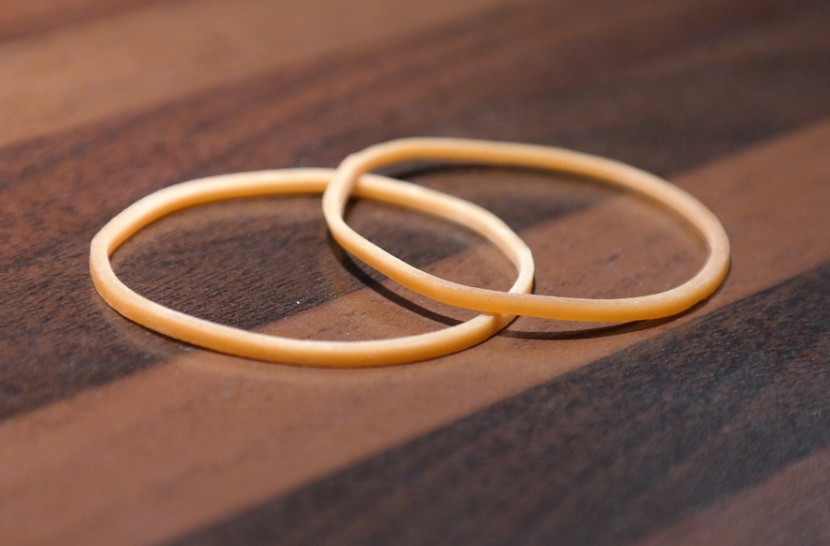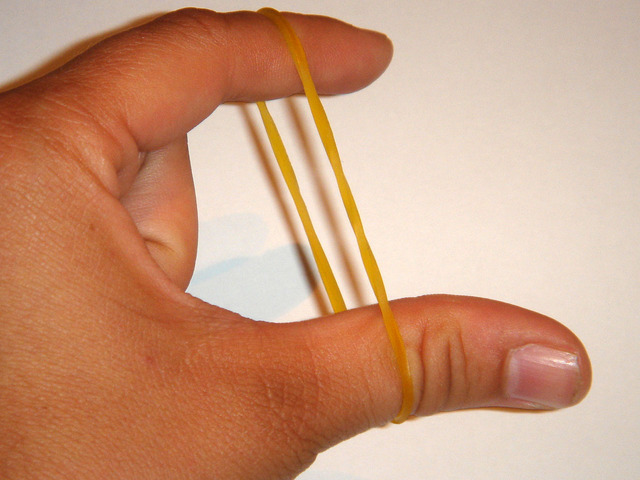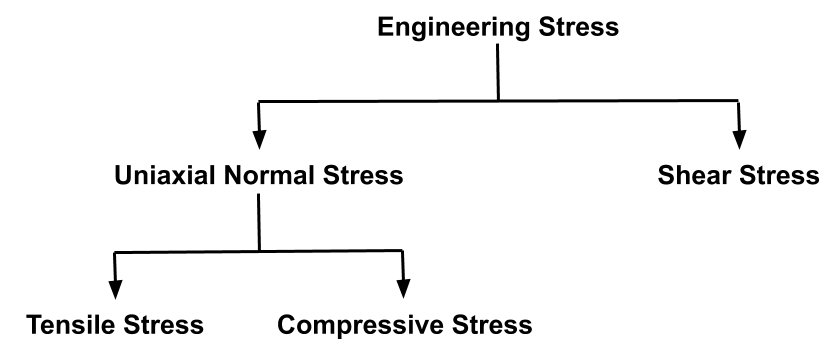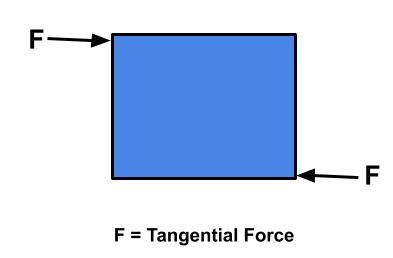Internal resistive forces acting in the direction opposite to applied external force resist any change in size and shape of the rigid body. Due to mechanical stress or external forces, a body changes its shape. We can express this change in body shape by strain in mechanics. This phenomenon of Mechanical Stress and Strain can be best understood by understanding Stress-Strain Curve.
What is Mechanical Stress ?
Mechanical Stress is a measure of internal resistance exhibited by a body or material when an external force is applied to it. it is denoted by sigma (σ).

The elastic limit of the material is the limit where resisting force becomes equal to the applied forces. Within Elastic Limit, external forces acting on the body are equal to the internal forces.
Mechanical Stress Formula
Mathematically mechanical stress is equal to the internal resisting force acting on a body per unit area.

Stress is an area or surface-based property. Its value at any point can be determined by considering A→0
Unit of Stress
SI unit of mechanical stress is N/m². But in the material datasheet, it is written as MPa.
| Unit Conversion |
|---|
| 1 MPa = 1 N / mm² |
| 1 ksi (killo pound per square inch) = 6.895 N / mm² |
| 1000 psi (pound per square inch) = 6.89 N / mm² |
| 1 bar = 0.1 N / mm² |
Example of Stress acting on a Body
Consider a case when you place a rubber band on a table and pick it up softly. How much mechanical stress will produce inside the rubber band?


While holding the rubber band, Mechanical Stress will not produce inside the rubber band because external force will not produce any resistance in the rubber band. This phenomenon is known as Rigid body Motion.
In a Rigid Body motion, the object moves from its original position without any physical deformation.
But if we pull the rubber band in the opposite direction to produce deflection. Mechanical stress will produce inside the rubber band. Therefore we can conclude that mechanical stress will not generate without deflection or internal resistance.
Types of Mechanical Stress ?
Mechanical Stress acts on the cross-sectional area of a body. We can classify engineering stress into the following types according to the position and direction of applied external force.

1) Uniaxial Normal Stress
Stress acting on a body perpendicular to its cross-section area is known as uniaxial normal stress. It results in either compression or elongation in the rigid body. We can classify uniaxial normal stress into two types:
- Tensile Stress
- Compressive Stress
Tensile Stress

Stress acting on a body due to two equal and opposite external pull forces is known as Tensile Stress. Tensile Stress results in an overall increase in length and decrease in the cross-section area of the body.
Compressive Stress

Mechanical stress acting on a body due to two equal and opposite push forces is known as compressive stress. Compressive stress results in an increase in the cross-section area and a decrease in the length of the body.
2) Shear Stress

Stress acting on a body due to two equal and opposite forces across different lines of action is known as shear stress. The shear stress acts tangential to the area of the body and results in angular deformation. We measure shear stress as an angle.
Shear Stress Formula
Shear Stress (γ) = θ
To sum up, mechanical stress is the internal resistance exhibited by a body when an external force is applied to it. There is no stress produced inside a material without strain.
We will keep adding more information on various types of stresses used in mechanical engineering. Share your suggestions, comments, or questions in the comment box. We suggest you also read this article on the Factor of Safety in mechanical engineering.

Add a Comment